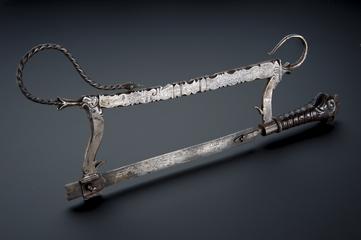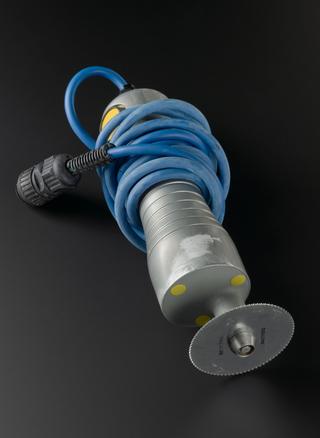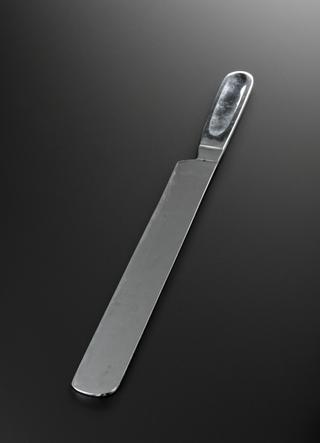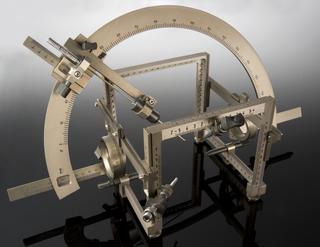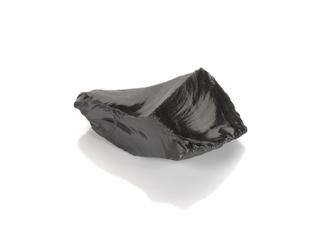




Anderson's urethral irrigator, nickel plated brass, English, 1920-1940
Injected into the urethra, Anderson's urethral irrigator was used to wash out the urethra using a strong antiseptic. In the 1930s, this was a standard treatment for the sexually transmitted infection gonorrhoea. The solutions used ranged from potassium permanganate to silver nitrate as well as commonly occurring compounds such as the tannic acid found in some plants. These solutions also caused damage while they were ‘curing’ the patient, irritating sensitive tissues.
Irrigation was a typical treatment prescribed in STI clinics, or venereal clinics as they were then known, until antibiotics were introduced in the 1940s.
Details
- Category:
- Surgery
- Object Number:
- 1981-338
- Materials:
- brass (nickel plated)
- Measurements:
-
overall: 11 mm x 103 mm x 35 mm, 0.05kg
- type:
- urethral irrigator
- credit:
- Morton, R.S.
